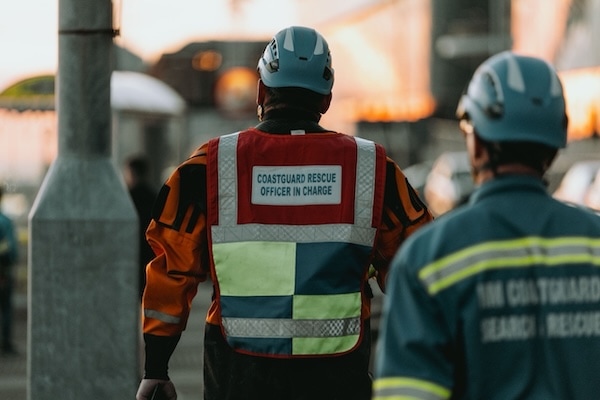Even though it will only be used for a limited time during a project, proper temporary wiring needs to be installed correctly. To ensure worker safety, OSHA requires certain practices for dealing with temporary wiring. It requires all employees to follow applicable OSHA standards, and thus, requires you to adhere to the following.
Installation Requirements
When installing temporary wiring, follow these guidelines established by the OSHA standard:
- Wiring systems cannot be installed in ducts used to transport dust, loose stock, or flammable vapors. Wiring also cannot be placed in ducts used for vapor removal or for ventilation of commercial-type cooking equipment.
- Any non-current-carrying metal parts that are meant to serve as grounding conductors must be bonded to ensure electrical continuity and the capacity to conduct safely any fault current that may be imposed on them.
- Flexible cords or cables (extension cords) cannot be used as a substitute for the fixed wiring of a structure. They also cannot be concealed behind walls, ceilings, or floors.
Usage Restrictions
Temporary wiring systems for electrical power and lighting of 600 volts or less may be used as follows:
- During remodeling, maintenance, repair, or similar activities to structures or equipment
- For a period of no more than 90 days for decorative Christmas lighting, carnivals, or other similar purposes
- For experimental or development work
- During emergencies
Inspecting
Since temporary wiring is often more exposed than permanent wiring, it is important to regularly inspect temporary installations to ensure that they are in proper working order. When inspecting temporary wiring ask yourself:
- Is the wiring in good condition and firmly secured?
- Is this wiring capable of safely carrying the amount of current that is required?
- Is there a circuit breaker to prevent overload?
- Are all wires grounded properly?
- Do all conductors have the proper insulators?
- Are temporary light fixtures guarded properly? Are switches clearly labeled as to what they control and what positions are on and off?
Removal
All temporary wiring must be removed as soon as the project that requires it is completed.







